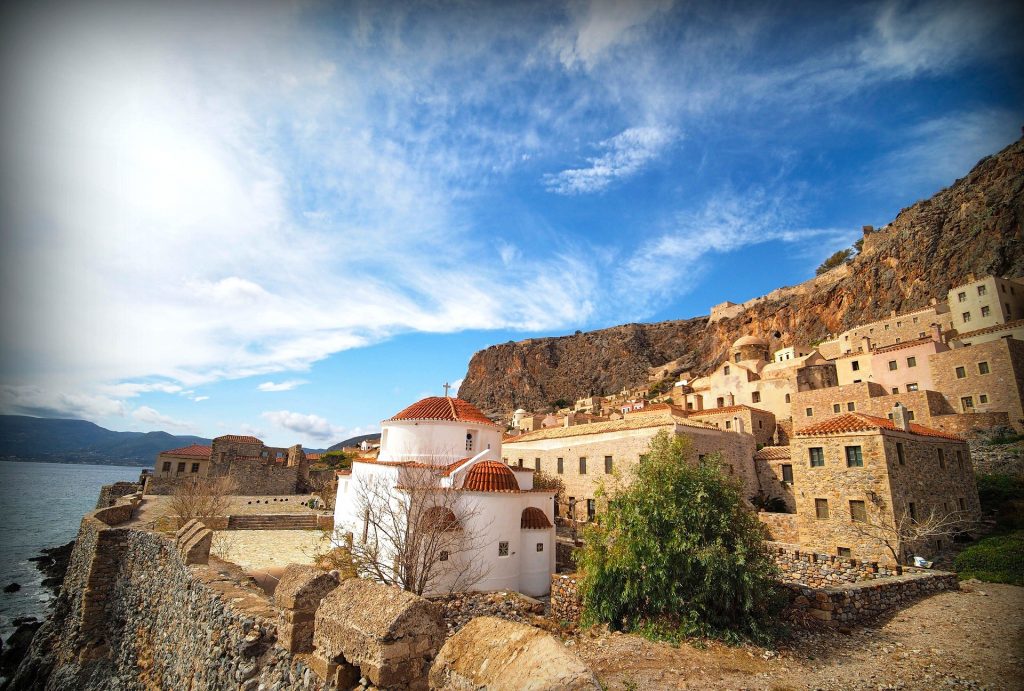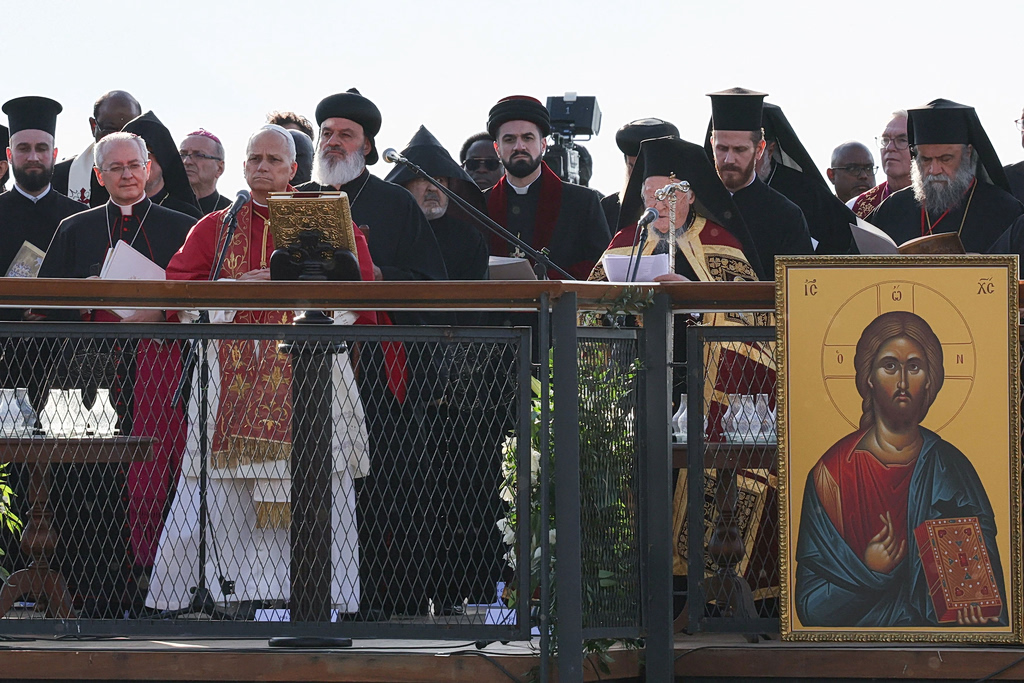Monemvasia, a medieval fortress town in the southeastern Peloponnese, Greece, has been listed as one Europe’s seven most endangered heritage sites, Europa Nostra announced on Tuesday.
According to a statement released by the heritage association, the Castle of Monemvasia is “threatened by the construction of invasive new buildings and unsuitable development projects”.
Heritage experts have raised concerns that a proposed cable car project at the historic castle town poses a significant risk to its preservation.
In addition to Monemvasia, the other six most endangered heritage sites in Europe for 2025 are: the Arakelots Monastery and Settlement in Armenia, Nyborg Castle in Denmark, the Great Synagogue in Orla, Poland, the Generalštab Modernist Complex in Belgrade, Serbia, the Valhalla Swimming Hall, Gothenburg, Sweden and Victoria Tower Gardens, in London.
European Commissioner for Intergenerational Fairness, Youth, Culture, and Sport, Glenn Micallef, emphasized the importance of preserving cultural heritage, stating: “Cultural heritage is the foundation for building an inclusive, prosperous, and sustainable future for the EU. It is a testimony to our diversity, our identity, and a source of inspiration for the cultural and creative sectors.”
The selected sites were identified based on their historical significance and cultural value. Europa Nostra Vice-President Guy Clausse noted that the organization, along with its partners, will provide technical expertise, seek funding opportunities, and mobilize its network to aid in the conservation of these sites.
Each of the endangered sites is eligible for an EIB Heritage Grant of 10,000 euros to support preservation initiatives.
The 2025 list includes three sites threatened by invasive construction projects, two modernist buildings at risk of demolition, and two religious heritage sites facing neglect or funding shortages.
The final seven sites were chosen by Europa Nostra’s board from a shortlist of 14 heritage sites, as recommended by the Advisory Panel of the 7 Most Endangered Program.
Monemvasia Cable Car Plan

The Castle of Monemvasia, Photo: Christos Panagiotopoulos/Europa Nostra
Monemvasia’s inclusion on the list was proposed by the Elliniki Etairia – Society for the Environment and Cultural Heritage (ELLET), a local partner of Europa Nostra.
A key factor behind the site’s listing is a plan by the Monemvasia Municipality and the Greek Culture Ministry to install a cable car on the site. The environmental impact study for the reversible tramway, which can accommodate up to 15 people, was approved last summer.
Heritage protection organizations and experts argue that the project could compromise the environmental and cultural integrity of Monemvasia. Critics warn it may also alter the site’s visual landscape and diminish the visitor experience.
The proposed cable car has faced strong opposition from institutions such as ICOMOS, the Association of Greek Archaeologists, and Monumenta.
According to an earlier statement issued by Europa Nostra, the environmental impact study submitted for the cable car project “lacks clarity and detail”, particularly concerning its effects on local wildlife, noise pollution, and traffic congestion. The organization also noted that the project appears to prioritize profit-making over accessibility improvements, which is the rationale presented by the Culture Ministry.
Conservationists and cultural heritage advocates are now calling for a reassessment of the project.



